|
In Kabalebo I've spotted over more then 300 bird species. Large macaws were amongst the very first that I could easily identify and recognize. Large Macaws are the giants of the parrot family. Here in Kabalebo you can spot the following macaws: - Blue-and-Yellow Macaw (Ara Ararauna): they thank their name by the colors they carry (blue on the back and yellow up front) - Scarlet Macaw (Ara Macao): easy to identify by the colors on their wings, which is red/yellow/blue - Red-and-Green Macaw (Ara Chloropterus): they almost look the same like the Scarlet but a closer look at their wings shows differently (red/green/blue) and they have red lines in their faces, the Scarlets' face is clean white. I've always seen them traveling in pairs or in groups. Social animals taking care of each other. They are easy to spot as they are very noisy and colorful big birds. Large Macaws are often spotted in Inga trees, Podosiri palms, Maripa palms and the Kumbu palms. They often eat quietly only betraying their presence/position by dropping half eaten berries and nuts. No Clay licks! During the past years, I haven't spotted any clay licks in Kabalebo. It is said that the macaws and parrots need this extra mineral for their diet, this is to help digest the unripe fruit/nuts. It is possible that they don't need this extra mineral in Kabalebo, but I'm still searching ....... Endangered ..... Large Macaws are also on the endangered species list, first of all because of deforestation. Second, because they are being hunted down for their beautiful colorful feathers. Third: captivity. Hatchlings are being taken out from their nest, the younger they are, the easier to keep them in captivity. To reach the nest easily, trees are being cut down, which of course destroys their breeding cycle (it is known that Large Macaws re-use the same nests every year) ..... but .... Luckily those who live in Kabalebo don't have to suffer of any of the above mentioned. So I am fortunate (again) to see them in the wild ........ enjoying and living their life like they suppose to do. Large Macaws are one of the most recognizable wild birds in the jungle: noisy, social and colorful. Without their presence the jungle is not the same. Here are some colorful pictures of the Large Macaws. I certainly enjoy their presence every time they pass by. It is unimaginable not to enjoy their presence. Hope you agree with me too. Enjoy!! Comments are closed.
|
Archives
June 2024
Categories
All
|
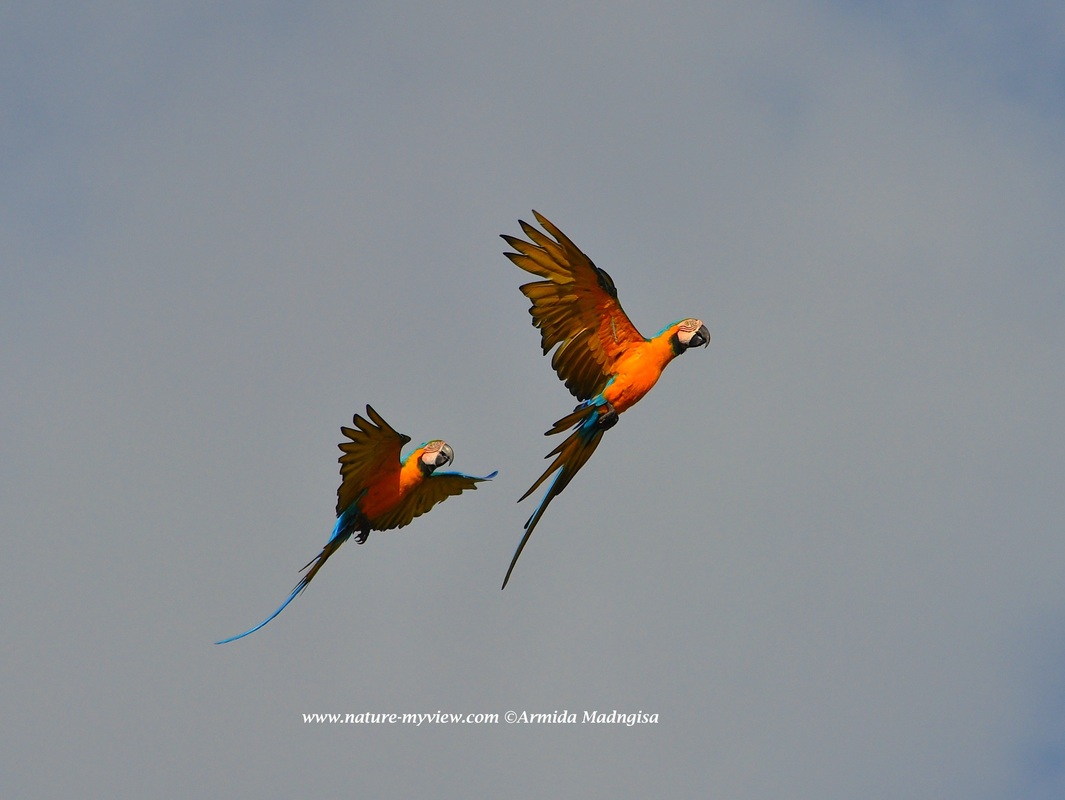
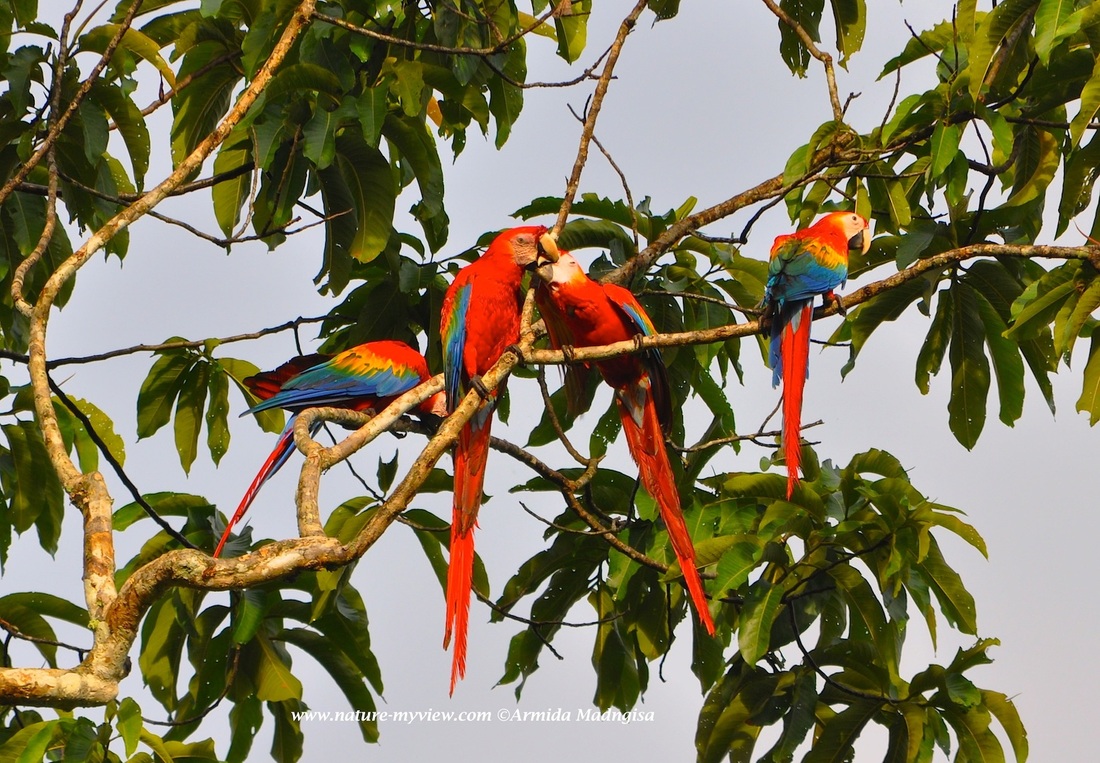
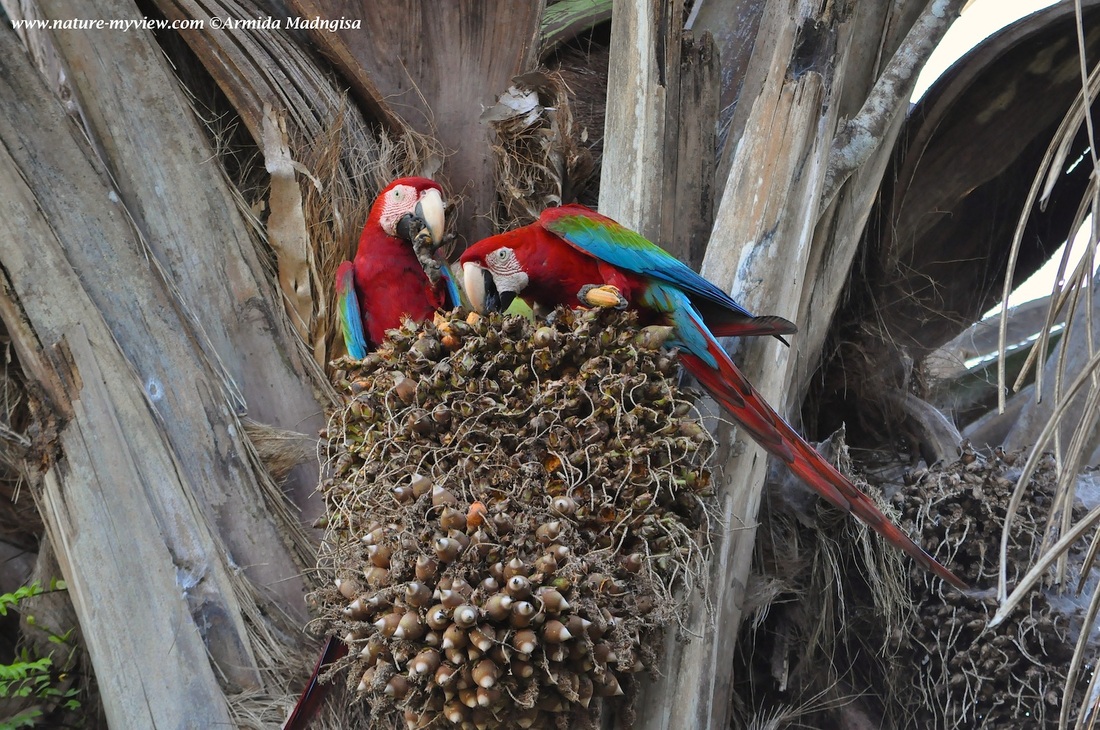
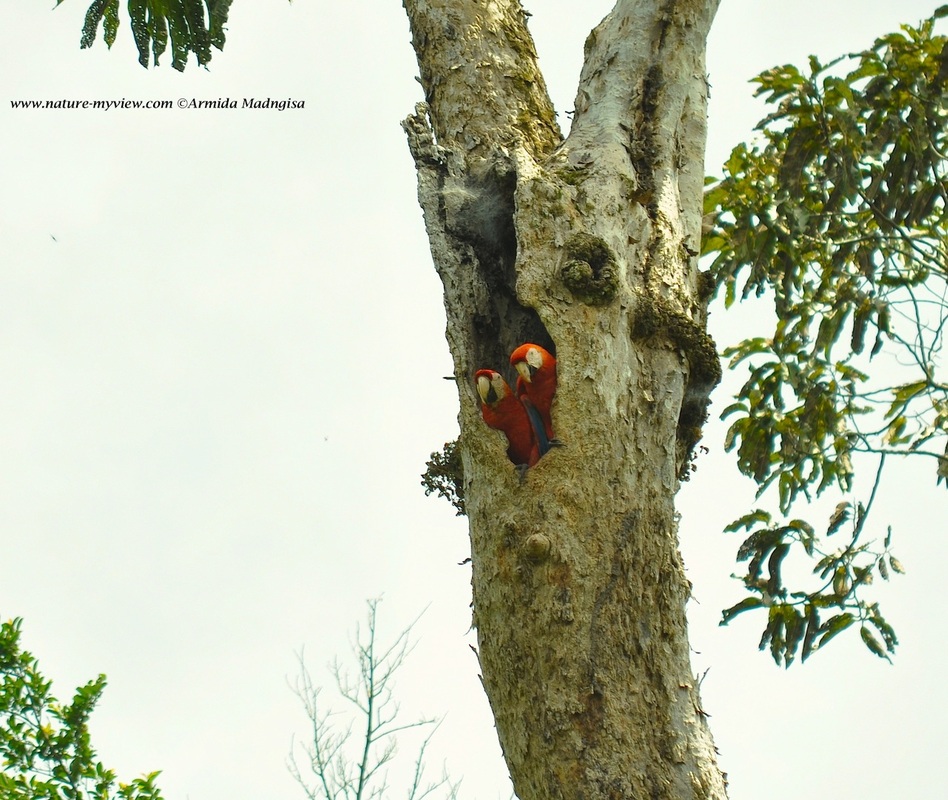
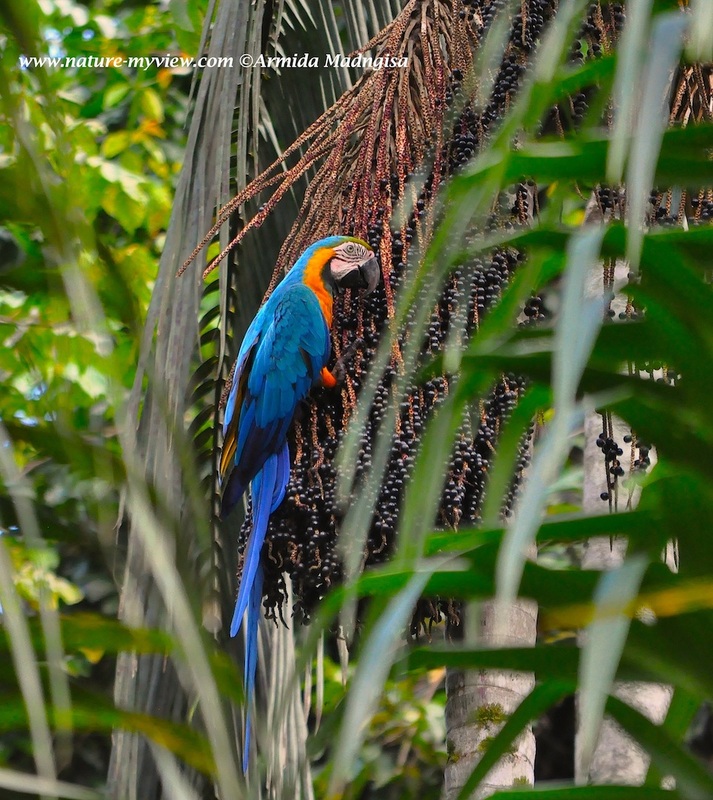
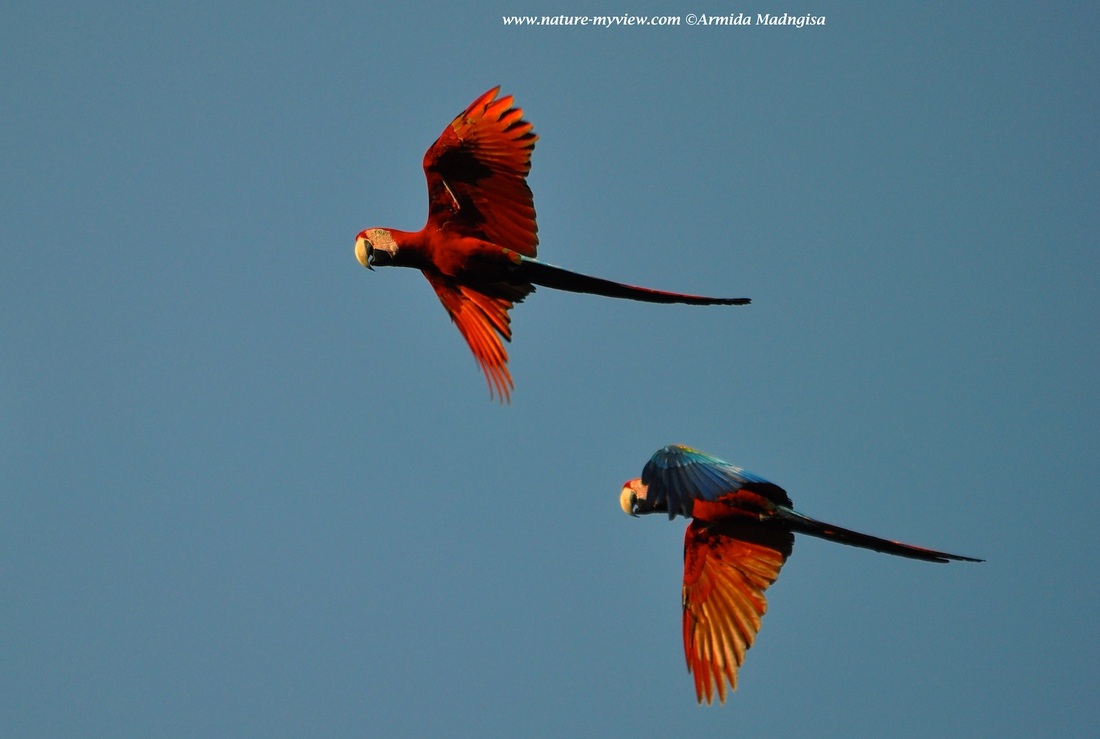
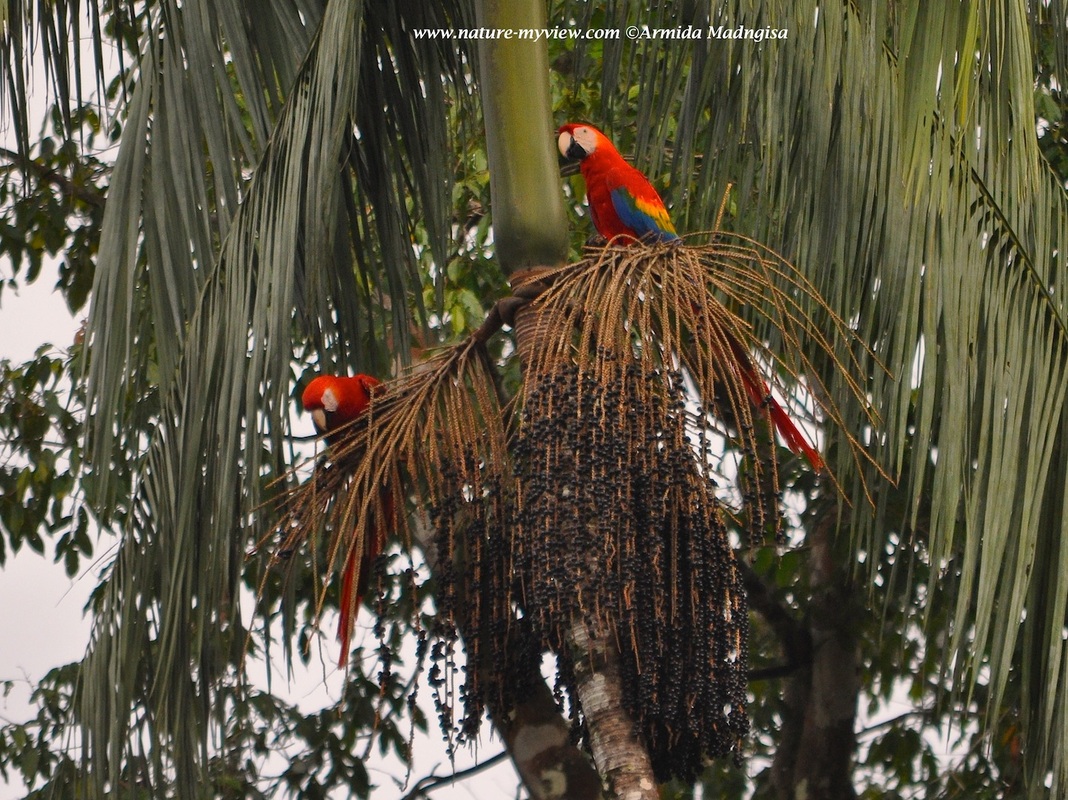
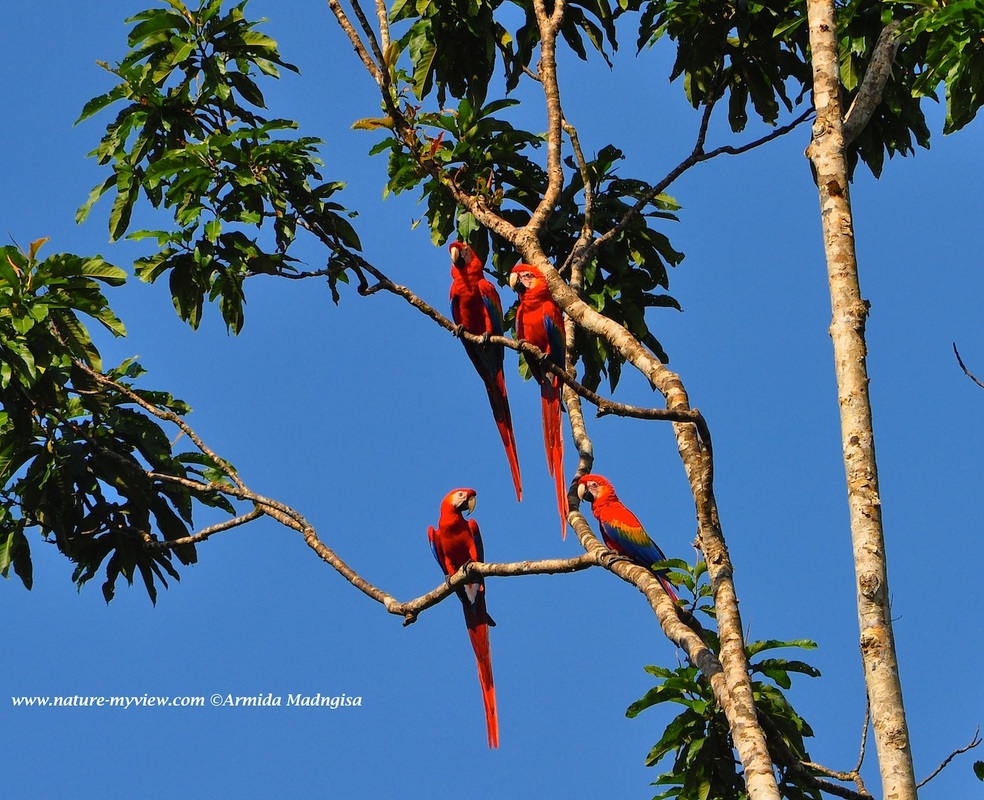
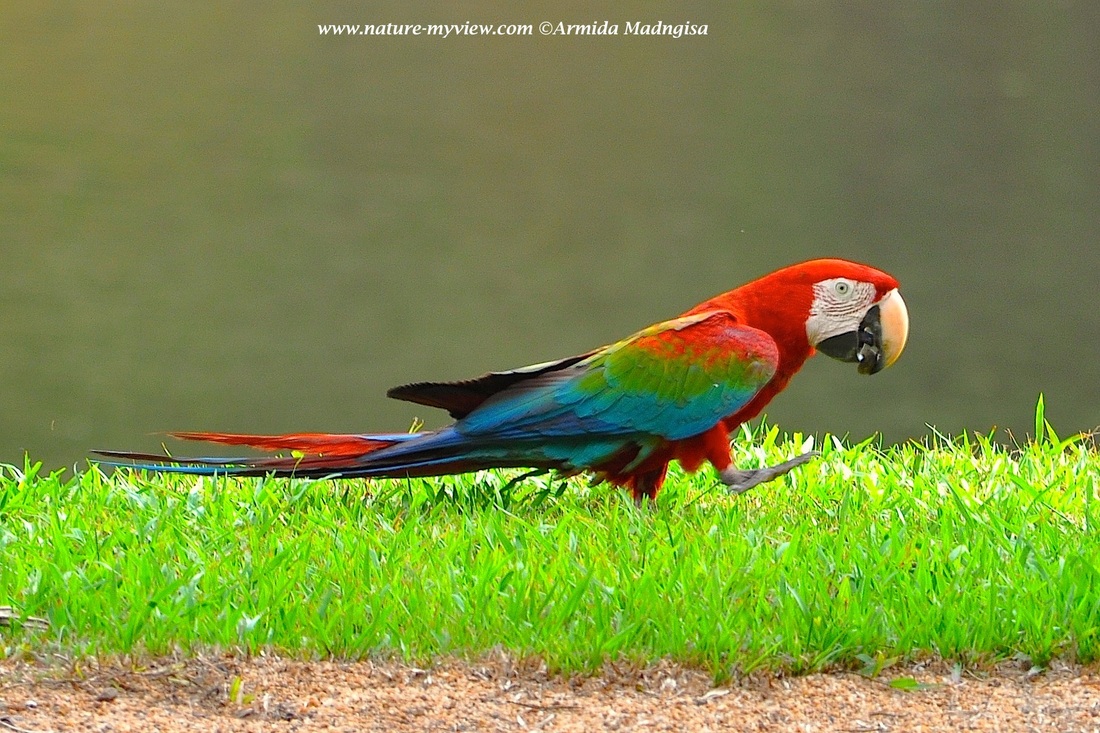
 RSS Feed
RSS Feed